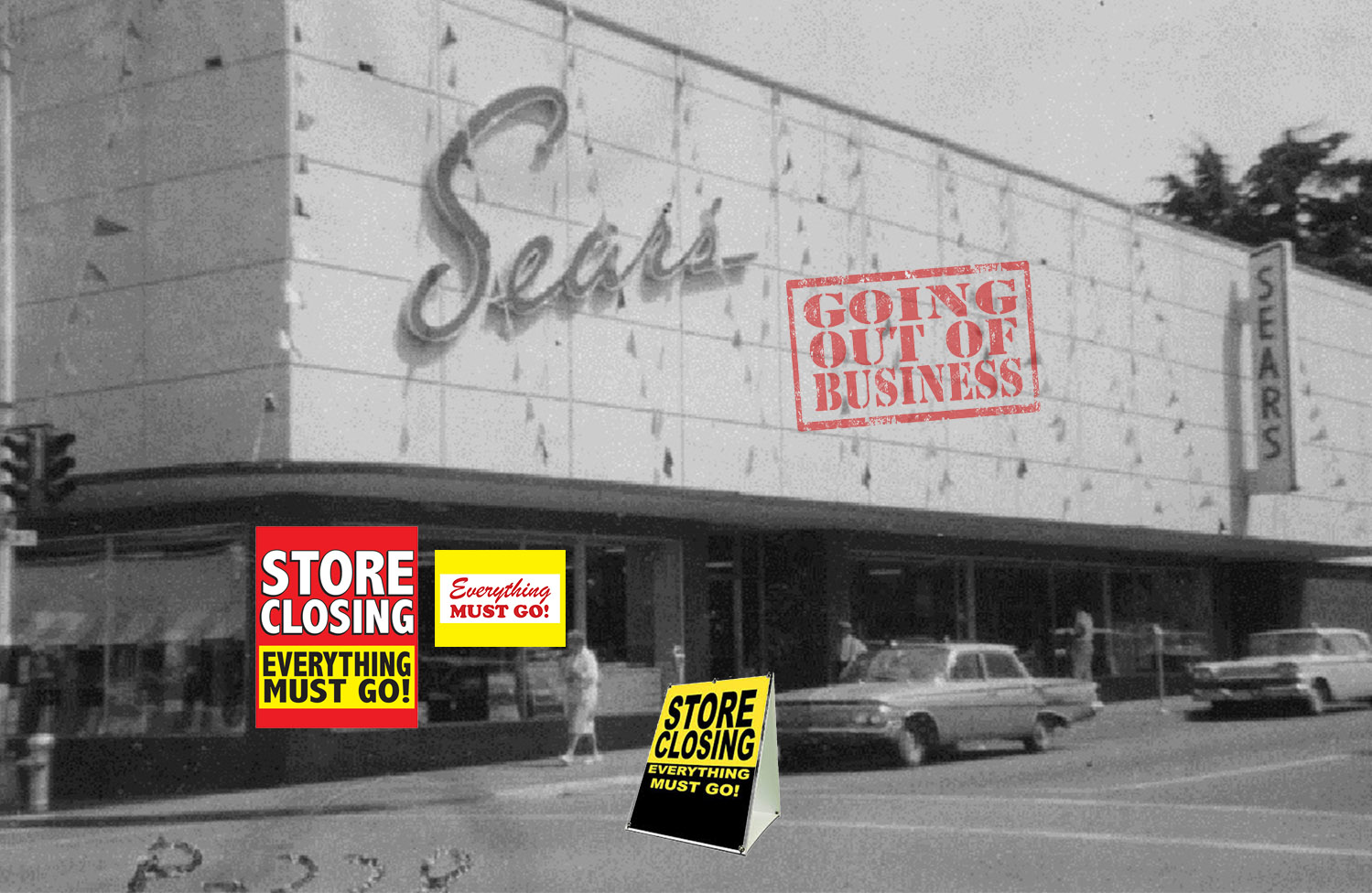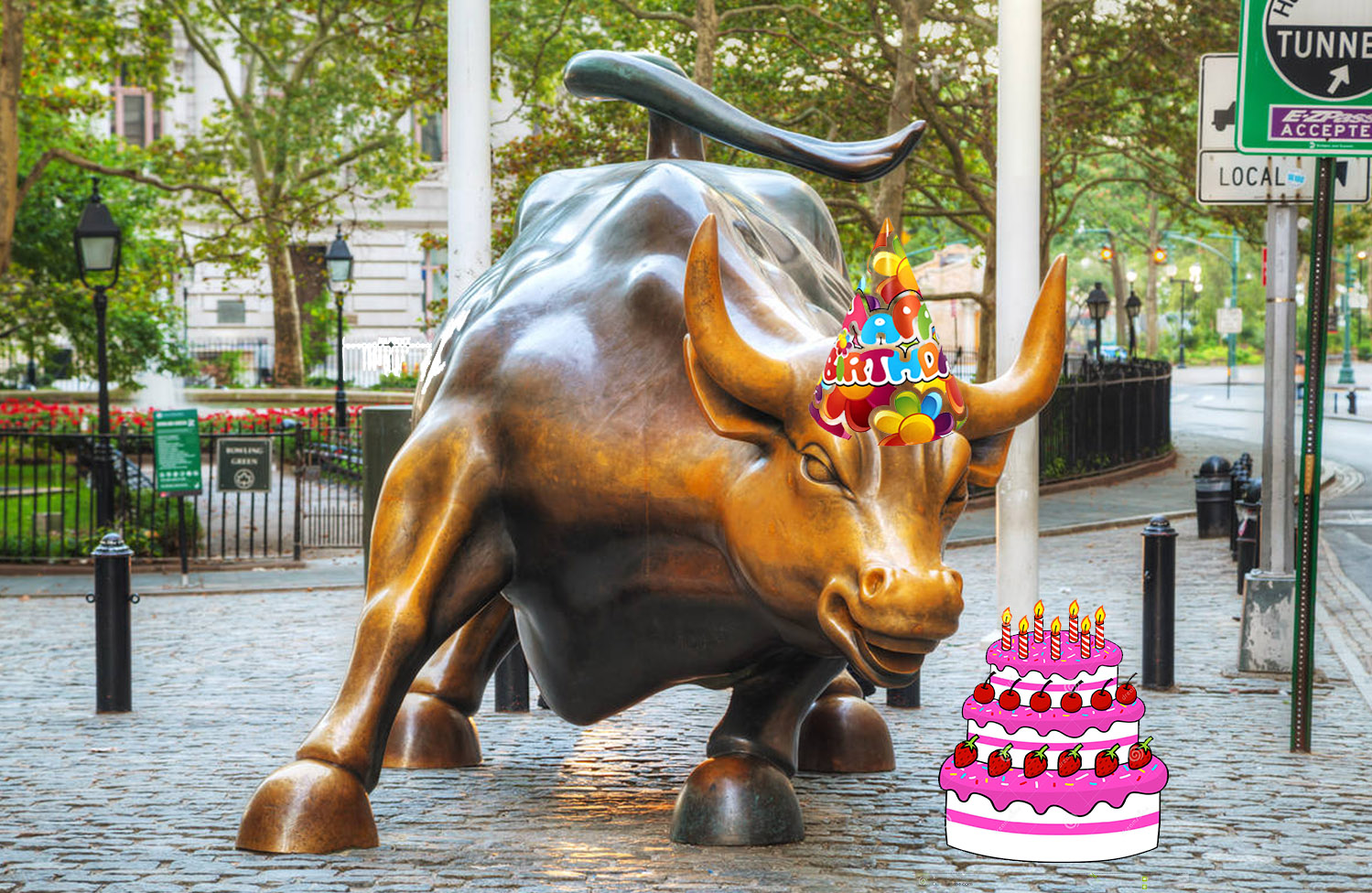The year is 1886, nearly twenty years have gone by since the culmination of the American Civil War, and America is 38 states strong. The entire population of the country was 58 million people, with nearly 70% of these people residing in rural areas. Enter our protagonist, Richard Sears, an agent of the Minneapolis railway station in North Redwood, Minnesota. Sears’ position as station agent was not full-time so, during his time off from work, he sold lumber and coal as a side hustle.
One day, he received a shipment of unwanted watches from a jeweler he knew, and Sears immediately purchased the watches with what little money he had. He began selling the watches to the other station agents along the railway system and made a solid profit from doing so. Months later, Sears founded the R.W. Sears Watch Company in Minneapolis. As Sears new business began to grow, he decided to relocate to Chicago in hopes of attracting a larger customer base.
Farmers in rural America during the late 19th century were struggling to stay afloat. They would sell their crops to buy tools and other goods from local retailers, but the markup from wholesale to retail was nearly 100%, so Farmers grabbed their already near-by pitchforks and protested these prices. Sears, and his new partner Alvah. C Roebuck, saw this as an opportunity because the volume of product they were purchasing for railroad station customers allowed them to offer wholesale prices to the angry agricultural community. In1895, Sears, Roebuck, and Co. sent a 532-page mail-order catalog full of wholesale items like shoes, women’s clothing, wagons, fishing supplies, furniture, plus their watches and jewelry, to the rural farmworkers of the country.
Fast-forward to the mid-20th century and the Sears catalog is selling it all and making a killing doing so. In the 1920’s, Robert E. Wood, the new president of the company, recognized that people living in the city had very little interest in shopping by mail-order, so the company opened their first brick-and-mortar shop in 1925 in Chicago. The success of the retail store spread like wild-fire and, within the year, seven more Sears stores popped up. In 1932, Sears created the retail experience we’ve come to know as “departments.”
Sears could not be stopped. The department store chain entered a realm that few companies today exist in. Sears was a cultural icon for the American retail experience. Sears stores appealed to everyone from the working man in search of Craftsman brand tools to a middle-America family looking to replace their broken dishwasher with a Kenmore-brand appliance. Everyone in America knew that if you needed a great set of tools or a household appliance built to last, you chose Sears brands like Craftsman and Kenmore.
“Sears was a cultural icon for the American retail experience.”
Sears was the first mass-market retail store, and they were damn good at supplying Americans with what they needed. However, the nature of innovation means that ideas can always be improved upon and, in the case of Sears, these improvements would ultimately lead to their decline.
Companies like Walmart and Target noticed why Sears had been so successful for all these years and sought to up the ante. Both companies appealed to more fashion-savvy consumers who were less interested in the quality and functionality of brands like Craftsman and Kenmore, and more interested in their products having a more design-oriented aesthetic. The success of Target, Walmart, K-Mart, and other large department retail stores, coupled with the invention of the internet and subsequent founding of Amazon, Inc. were all debilitating factors for Sears.
It is with great sadness that Sears Holding Corp.(SHLD) on Wednesday, hired M-III Partners LLC to prepare to file for bankruptcy, as they face a massive debt payment deadline.
Sears (SHLD)’s stock dove 30.08% to $0.40 per share, as of Wednesday.
The Company reportedly has $134 million in debt due after 125 years in business. Analysts are suggesting that the filing has not been submitted and could still be avoided if Sears’ CEO, Eddie Lampert, pours his own money into the company as he has done on several occasions. Lampert, a hedge fund manager for ESL Investments, owns 3`% of the company’s outstanding shares, according to FactSet, as well as owning Kmart from a 2004 acquisition. Though Lampert merged the brands in hopes of reviving the dying department store industry, Sears could not be saved.
I spoke with my mother this morning, as we always do, about headlines in the news. When we spoke about Sears, she was very troubled. “I remember growing up with a Kenmore dishwasher always in the house,” she said. “Sears had a fleet of repairmen who would, upon a customer’s request, make house calls and fix the broken appliance.” The way she reminisced about Sears made it sound like she was speaking on an old friend whose health was in bad shape.
People don’t speak about brands today, like my mother and millions of Americans recount their experience shopping and ordering from Sears. In a time before the instant gratification of internet shopping, when patience was truly a virtue, Sears was there to meet the demand of a nation’s people, no matter their socioeconomic standing.
Nothing is certain but death and taxes, I’m hoping Sears does not fall prey to both.





